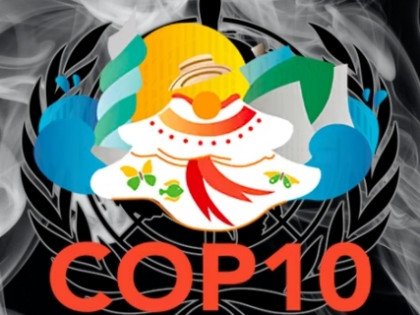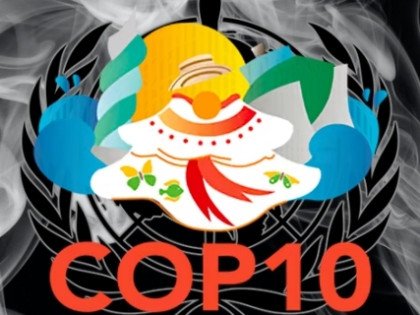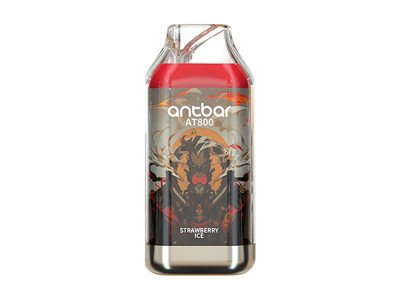“A little over one percent of those who are able to write nicotine scripts do so. And less than one third of those who are authorised prescribers are publicly available for adult smokers who wish to switch to nicotine vaping,” wrote CAPHRA in its submission on Australia’s failing medicalisation model towards nicotine vaping.
Australia remains the only Western democracy that requires a nicotine prescription to vape. Public consultation on Australia’s ‘Proposed reforms to the regulation of nicotine vaping products’ opened on 30 November and closes on 16 January 2023.
“Australian smoking rates have remained stubbornly flat in the last decade, especially among the most vulnerable and disadvantaged communities. It’s well overdue for restricted retail access to vaping - one of the most effective methods used by smokers to quit cigarettes around the world,” says Nancy Loucas, Executive Coordinator of CAPHRA.
CAPHRA wrote: ‘Vaping and harm reduced products are currently used by several countries including the European Union, UK, NZ and Canada to influence a rapid acceleration on the reduction of the current smoking prevalence in these countries.’
Ms Loucas says the fact that the product that is most deadly to the population – combustible tobacco – remains readily available at any general retailer is a mockery of public health.
‘Australia needs to decide if their policy decisions around nicotine are about science, evidence and facts to promote and maintain the health of her people, or if they instead are choosing money over health, in terms of tobacco excise and other funds that they may receive for pursuing a draconian policy that has already shown itself to be a failure,’ wrote CAPHRA.
“Australians politicians and officials don’t like hearing this but if they want to see success they need to look no further than across the Tasman. New Zealand has positively adopted a Tobacco Harm Reduction (THR) strategy that has seen their overall smoking rate halve in the past decade with Smokefree 2025 – where five percent or fewer smoke regularly - now in their sights,” says Ms Loucas.
Likewise, CAPHRA wrote that if youth access is a genuine concern for Australia’s decisionmakers, then the only way to address it is to regulate appropriately, with harsh fines and licence revocations for retailers who fail to abide by the law. New Zealand’s 2020 vaping legislation and subsequent regulations have achieved just that.
“New Zealand has a consumer framework that works. In fact, over 150,000 Kiwis have switched off deadly combustibles and onto safer nicotine products in the past year alone,” says Ms Loucas.
CAPHRA said it strongly believed a regulated consumer market would give Australia the control necessary in product quality and quantity of retailers in the community. It would also allow for the products to be ‘adult only’ - no different than alcohol and combustible cigarettes.
It points out that Australia’s current situation sees the prevalence of unregulated black-market products that have no regulatory controls for either contents or access to those under the age of 18.
“Our submission on behalf of our nine member organisations takes issue with the consultation document’s promotion of the ‘gateway theory’. Despite the document’s claims that there is evidence that vaping leads to smoking in adolescents, the gateway theory has been disproven and discredited by many international studies. Vaping is an offramp to smoking, not an onramp,” says Ms Loucas.
CAPHRA’s submission stated: ‘E-cigarettes are 95% safer than smoking. Enabling access will only help Australians to be smoke free sooner, and access to e-cigarettes will only contribute to a drastic reduction in the 21,000 deaths each year in Australia directly attributed to the consumption of combustible tobacco.’
References:
- The Coalition of Asia Pacific Tobacco Harm Advocates – https://caphraorg.net/
- To read CAPHRA’s full submission to the TGA, and its appended white paper titled ‘The Subversion of Public Health: Consumer Perspectives’, visit: https://caphraorg.net/wp-content/uploads/pdfs/caphra-tga-submission-dec-2022.pdf
- CAPHRA encourages others who want Australia to adopt a THR strategy to also submit before 16 January 2023 via https://www.tga.gov.au/resources/consultation/consultation-proposed-reforms-regulation-nicotine-vaping-products
- The Right2Switch petition urging the WHO to respect consumer rights and end its lies against vaping has now been signed by over 10,000 people. It can be viewed and signed at https://change.org/v4v-petition
Dave Cross
Journalist at POTVDave is a freelance writer; with articles on music, motorbikes, football, pop-science, vaping and tobacco harm reduction in Sounds, Melody Maker, UBG, AWoL, Bike, When Saturday Comes, Vape News Magazine, and syndicated across the Johnston Press group. He was published in an anthology of “Greatest Football Writing”, but still believes this was a mistake. Dave contributes sketches to comedy shows and used to co-host a radio sketch show. He’s worked with numerous start-ups to develop content for their websites.
Join the discussion
CAPHRA Highlights Tobacco Control Flaws
The Coalition of Asia Pacific Tobacco Harm Reduction Advocates highlights the flaws in tobacco control which has led to the rise of black market in Australia
Alarm Regarding WHO’s Opacity
The Coalition of Asia Pacific Tobacco Harm Reduction Advocates sounds the alarm on WHO and FCTC's “disturbing lack of transparency”
COP10: Use The Evidence
The Coalition of Asia Pacific Tobacco Harm Reduction Advocates demands an evidence-based approach to tobacco harm reduction from the World Health Organisation and the Framework Convention on Tobacco Control
Exclusionary Tactics Criticised
Global tobacco harm reduction advocates have criticised the WHO’s exclusionary tactics at COP10, the Framework Convention on Tobacco Control conference starting today











